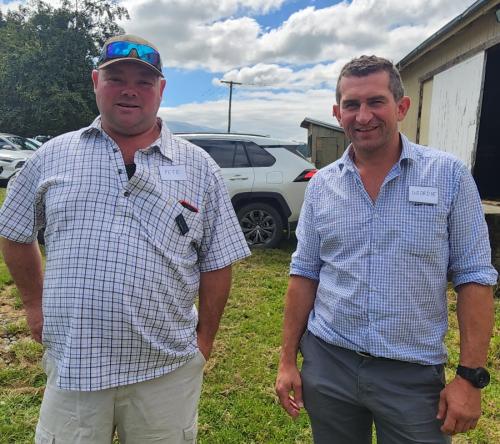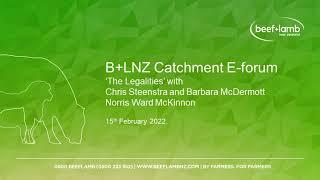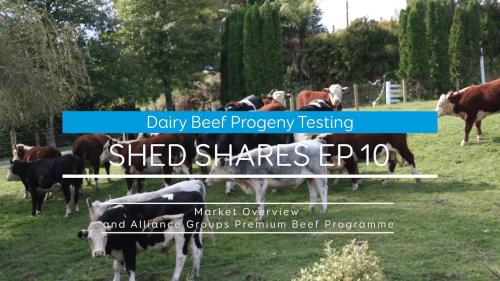Search results
Displaying 151 - 160 results of 1014
- Other PDF… implementation strategies people taking action workshops all workshops include time … wellbeing regional showcase event focus groups focus groups support connection wellbeing through each interaction other activity wanaka show focus area …
- Editable PDF… which future carbon quantification research actions could based sheep beef farmland … tree distributions leathwick 2002 lenz groups together sites similar environmental … how environmental conditions management actions lead gains losses soil carbon through …
- PodcastThe pair, who are members of the Hogget 150 group, spoke at a recent B+LNZ Farming for Profit day and outlined what the group members have found to be the critical factors for increasing the …

- Video… the different legal structures that catchment groups may consider including the pros and … wind down and a common position as Catchment Groups start forming. … B+LNZ Catchment Community Groups E-Forum – The Legalities. Part 1 – …
- Factsheet… regulators igrs igrs describe broad mode action rather than distinct chemical group … develop through adulthood two igr chemical groups relevant flystrike prevention 1 benzyl … one most successful widely used parasiticide groups developed new zealand ivermectin only …
- Factsheet… land classified lowslope lnz other industry groups raised serious concerns about … slope can managed via freshwater farm plan actions over time stock lowslope land over 500m managed via freshwater farm plan actions over time stock lowslope land tall …
- Other PDF… farmer conversations targeted discussions groups farmers farmer feedback alongside … range impacts effectiveness environmental actions fencing streams exclude stock … rate 2 otagos rural businesses environmental actions fresh water unpublished otago regional …
- Resource book… waikato 2016 ltd preparation report any action reliance accuracy information contained … arising out use information respect any actions taken reliance upon validity … waikato 2016 ltd preparation report any action reliance accuracy information contained …
- VideoCharlotte explains how the choice of beef sires we use over our dairy cows is key. Shed Share Episode 10, part 2 of …
- News… Farmer-led catchment community groups are a great platform for building …


